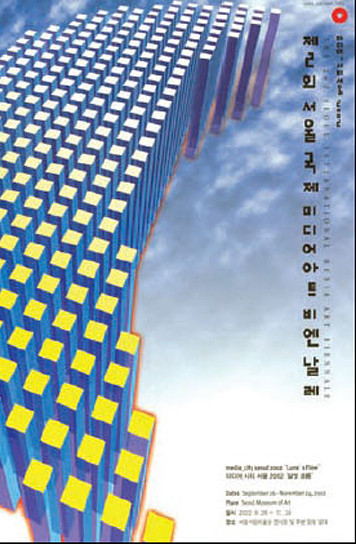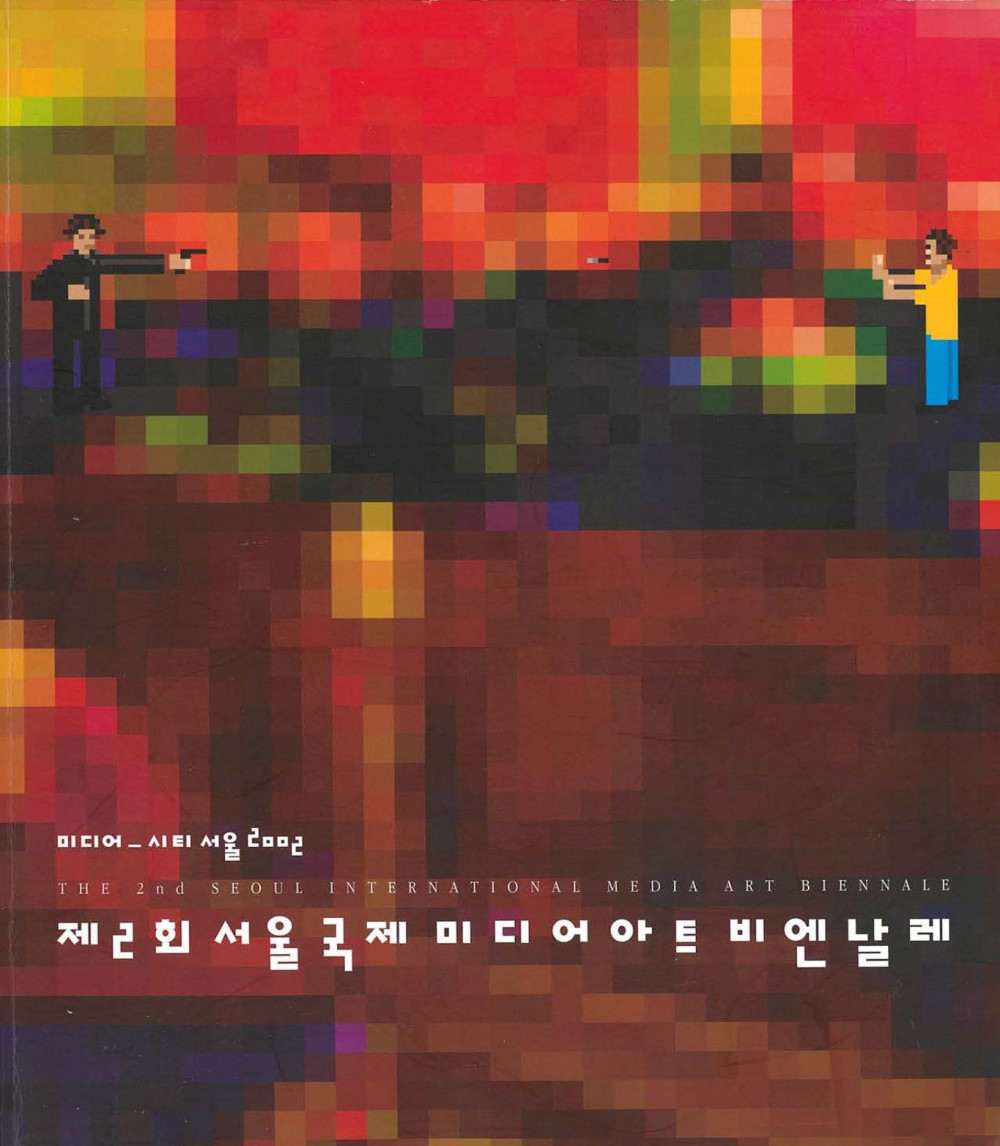Various media and advanced digital technology are changing the ways we behave and communicate and are thus redefining our relationship with each other and with space. Yet the ways we behave and communicate and the space we actually live in are in the analogue environment in which the dichotomy, “Black/White” or “On/Off,” is not prominent. Compare the mouse with the keyboard, for example. As a major input unit with analogue properties, the mouse has attracted far more people to the computer than the keyboard, a digital input unit rather difficult for most untrained people to get used to.
As digital media is getting more and more diverse and complicated, it needs to approach the analogue environment in which we live and communicate, and interact with it in analogue ways. In so doing, digital media can be produced as an object or a service with humanistic values. These three experimental works are some of the examples of digital media with analogue values more friendly and accessible to us, like beads or balls we played with when we were young. These three works produce different lights and sounds each time a viewer touches, rolls, and throws, and interacts with other viewers. Here, digital media is not just a matter of “On and Off,” but rather shows values of something that exists between On and Off, such as time, rhythm, and pattern, that we did not recognize before.

